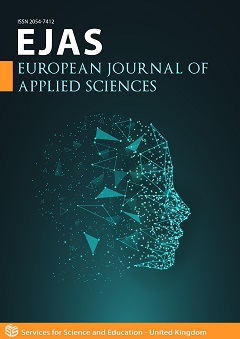Inheritance and Relationship Between Canalization, Developmental Stability and Morphological Integration in Cichlidae Fish Oreochromis Niloticus, Sarotherodon Melanotheron and their F1 Reciprocal Hybrids
DOI:
https://doi.org/10.14738/aivp.1206.17732Keywords:
canalization, developmental stability, geometric morphometrics, morphological integrationAbstract
Morphological integration, canalization and developmental stability are three major processes involved in phenotypic variability. In spite of increasing interests, they have incurred as factors that may contribute to the evolvability, little is known about some of their properties such as inheritance and the relationship between them. This issue was addressed in the present study through geometric morphometrics approach applied to the body shape of fish belonging to Cichlidae. These fish are Oreochromis niloticus, Sarotherodon melanotheron and their reciprocal hybrids of first generation. Then, the level and morphological patterns of intra et interindividual variation were tackled while taking the relationship between buffering mechanisms into account. As for morphological integration, hypotheses of modularity were tested using 3 statistics. Developmental stability and canalization were found to reflect single mechanistic process according to the congruence of their related morphological patterns between and within groups. Both buffering mechanisms also to act on the same components of shape. An interesting but overlooked observation is that, the congruence between canalization and developmental stability seem to depend on the nature of traits under consideration, specifically those closely related to organism’s fitness. Furthermore, in patterns of morphological integration, the hypotheses that the head represents a relatively integrated unit and the fins of fish are combined in the same module are strongly supported. Finally, it was observed an inheritance of best fitting models together with features of buffering mechanisms which interact mostly with morphological integration.
Downloads
Published
How to Cite
Issue
Section
License
Copyright (c) 2024 Bopo, Zadi Sylvain Olivier, Soro, Kouhana, Akian, Djetouan Dieudonne, Sokouri, Didier Paulin

This work is licensed under a Creative Commons Attribution 4.0 International License.






